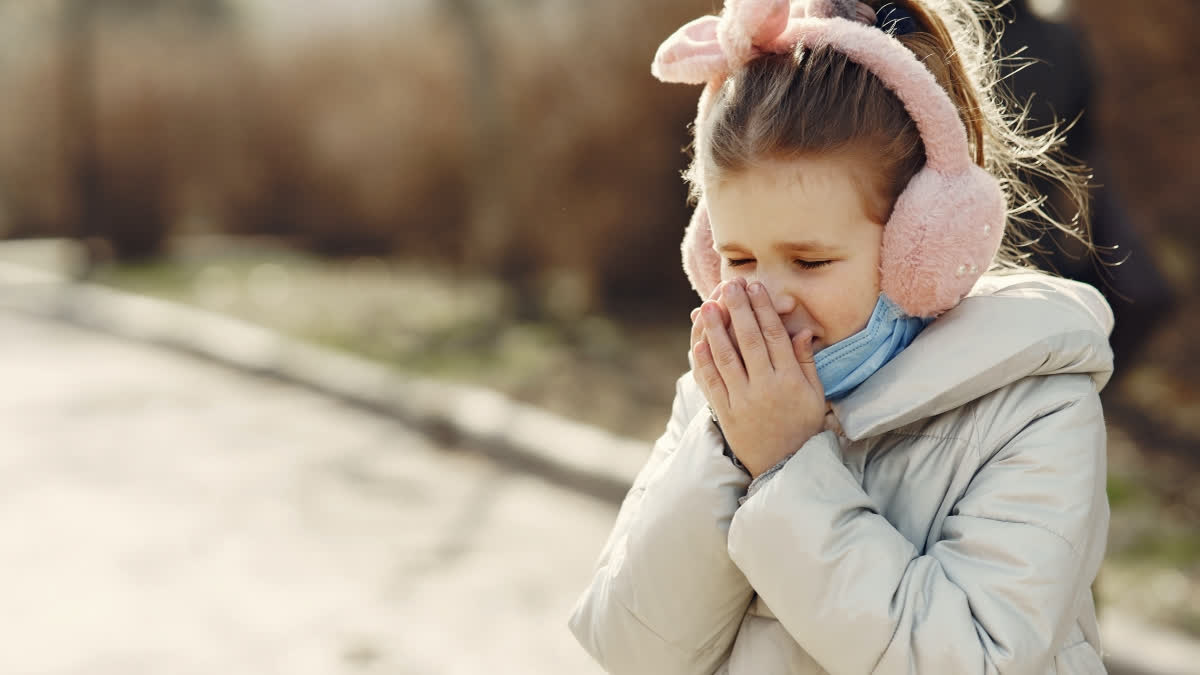Melbourne (Australia): This winter, we're having to get our heads around another respiratory virus RSV. It's less well known than COVID or flu, but it's also responsible for unplanned visits to the GP or emergency department, and days off school, childcare and work. It's the most common cause of hospitalisation in infants. Most children have at least one RSV infection by the age of three years and yet, many Australians have not heard of RSV or know little about this potentially serious winter virus.
What is RSV?RSV stands for respiratory syncytial (pronounced sin-CITY-al) virus. This common respiratory virus usually causes a mild cold with symptoms such as a fever, runny nose, coughing, decreased appetite and a wheeze. Adults can be infected infected with RSV but usually recover in a few days.
But in young babies RSV can cause more severe respiratory illnesses such as pneumonia or bronchiolitis. These cause babies to breathe rapidly, stop breathing for a few seconds (apnoeas) and/or feed poorly. RSV in infancy can also potentially affect a child's long-term health, increasing their risk of asthma, wheezing and allergies.
In Australia, a wave of RSV infections typically begins in late autumn (April-May) and peaks in June-July. Cases are starting to decline in Australia now. Because health staff have to report cases of RSV, we can keep track of known cases. But we suspect most go unreported as they are mild and/or doctors don't always test for the virus.
Who's most at risk?Both young and old people are most at risk of severe disease. For children, those most at risk of severe disease include babies under two months old, premature infants, those with other medical conditions, or ones infected with another virus at the same time. First Nations children are three to six times more likely to be hospitalised with bronchiolitis caused by RSV than non-First Nations children. Otherwise healthy children under 12 months old (usually under six months old) are the ones most often admitted to hospital. Of children admitted to hospital, about a quarter (26%) will be admitted to intensive care.
Why are we seeing so many cases now?RSV is spread via coughing and sneezing so it's easy to see how the virus can spread among children inside during winter months. But measures earlier in the COVID pandemic limited the spread of RSV. There was very little RSV circulating in 2020 during the harshest lockdowns. However, in New South Wales and Western Australia (in late 2020) and in Victoria (early 2021) there was an out-of-season re-emergence of RSV, overwhelming hospitals and health-care facilities.
